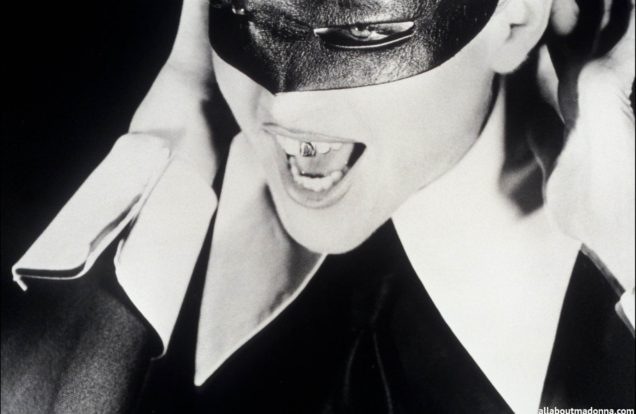PAIN IS PLEASURE
The Dark World of the Marquis de Sade

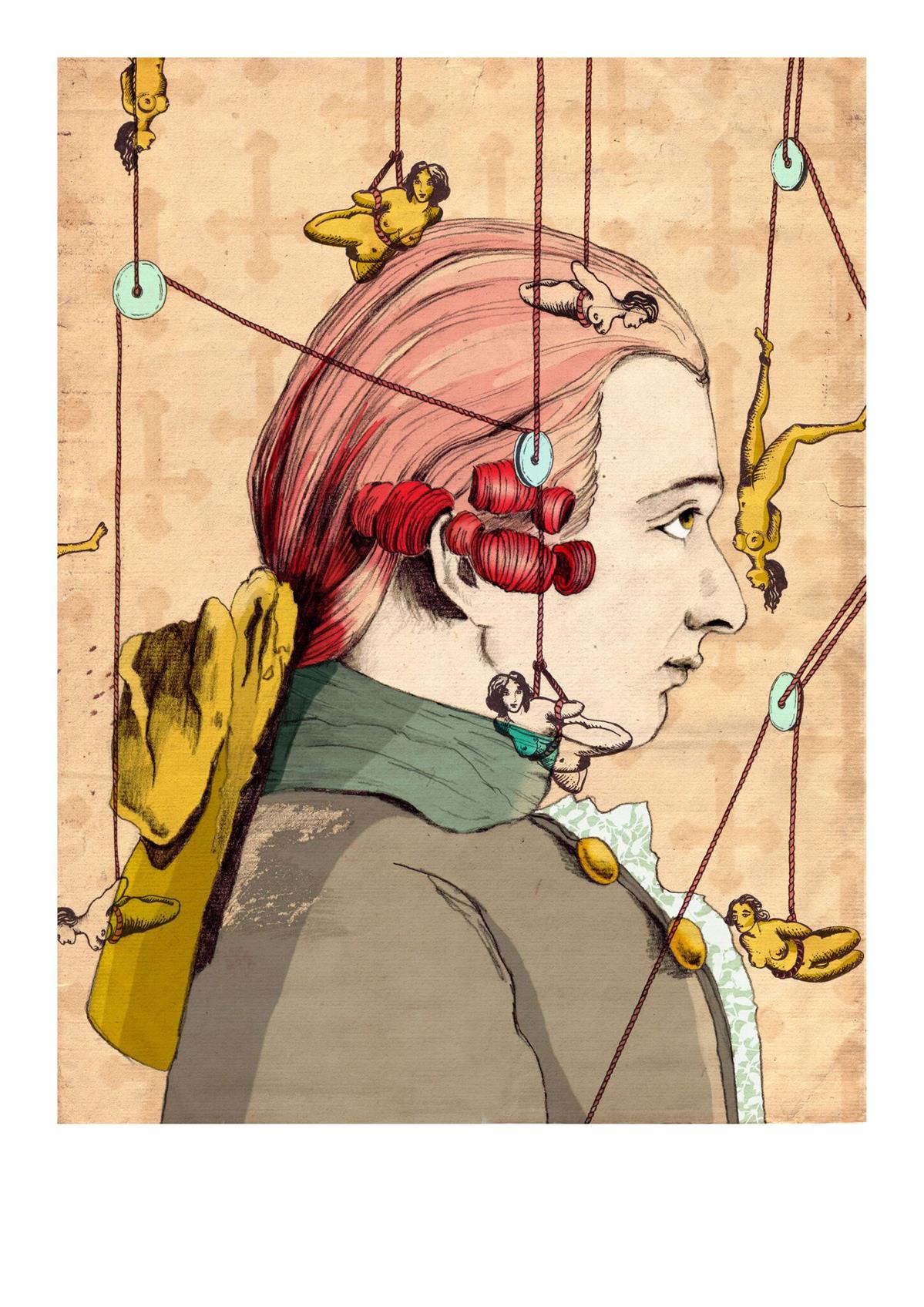
Observing the posthumous, yet still unfolding, Jeffrey Epstein scandal, you might shake your head at his callous debauchery and wonder how such a high-profile man could enlist a network of procurers to provide him with an endless parade of underage girls with whom he had sex up to three times a day. If you think it could only happen in modern day America, think again.
in 1772 Donatien Alphonse Francois, better known as the Marquis de Sade, sent his manservant and sometimes lover, Latour, to find five very young women that he held captive in his chateau for six weeks. During that time, under the watchful eye of his wife, he subjected all of them (including Latour) to intense sexual abuse.
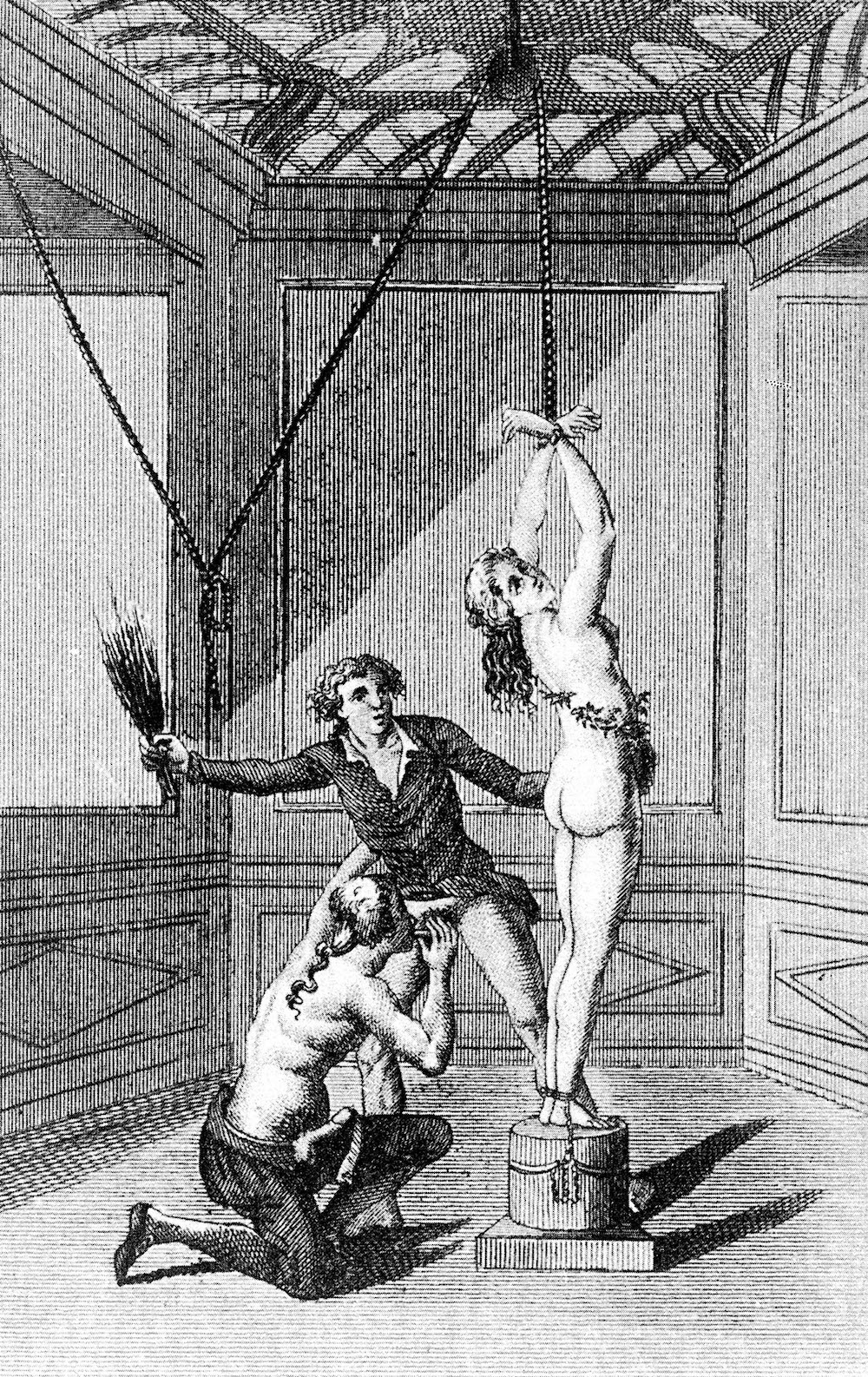
The infamous de Sade, whose name spawned the term sadism, was born into a life of privilege in 1740, some 271 years before Christian Grey whipped readers into a frenzy in Fifty Shades of Grey. His father, Jean-Baptiste Francois Joseph de Sade, was a diplomat in the court of Louis XV, and his mother, Marie Eléonore was a cousin and lady in waiting to the Princess of Condé.
Spoiled by servants, at the tender age of 4, de Sade already possessed a wicked temper and demonstrated a proclivity for physical abuse. During an argument with his playmate, the young French prince, he beat the royal heir so savagely that he was shipped off to live with his uncle, an abbot of the church. During those formative years, when most children are just learning to pedal a tricycle, his uncle introduced him to the world of immoral pleasures. By the age of 10, he was sent back to Paris to attend the Lycée Louis Le Grand where his hot temper got him into trouble, yet again. Like the parochial school of your nightmares, at the Lycée, the penalty for misbehaving was flagellation, which is where the young Marquis’ obsession with physical pain began.
After serving as a Colonel in the Seven Years’ War, he returned to civilian life and married Renée-Pélagie de Montreuil, the daughter of a noble family. Despite living in her parents’ house, he kept a secret apartment where he engaged in devious sexual encounters with a number of young women — some prostitutes, some merely down on their luck. Just weeks after his wedding, de Sade locked a prostitute in his apartment and like a scene out of The Excorcist, violated her with crucifixes. Unable to even perform the sign of the cross without recalling her harrowing encounter, the woman reported him to the police. De Sade was subsequently arrested and imprisoned for blasphemy.
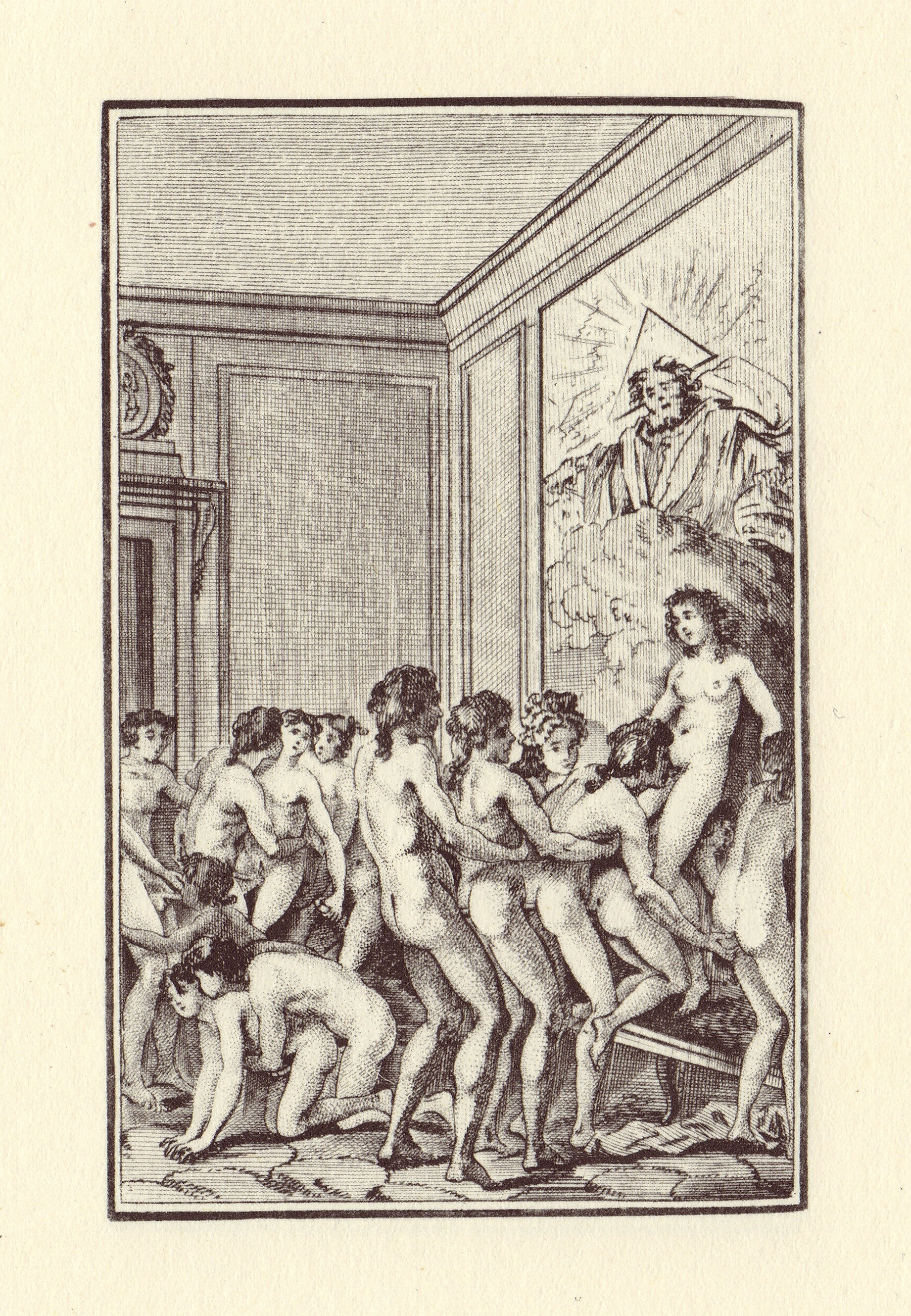
Once freed, the Marquis did not busy himself with acts of contrition. Instead, on Easter Sunday 1768, he brought another young prostitute back to his lair where he proceeded to whip her repeatedly before dripping hot wax into her wounds. Although his family tried to buy the girl’s silence, he was ultimately charged and the King sent him into exile at the Chateau de la Coste in Provence.
Exile did little to curb de Sade’s prurient appetite, but it did serve to shield him from prosecution for the crimes he would commit while in residence there, including the aforementioned encounter with five young women and his manservant, Latour. For six weeks, he fed them the aphrodisiac, Spanish Fly, and ritually sodomized them. After the incident, the authorities hunted him down but he and Latour had escaped to Italy where they were soon arrested.
During his 17-year imprisonment, he wrote at least 15 libertine novels including Justine, Philosophy in the Boudoir, History of Juliette, and his most famous work, 120 Days of Sodom in which he recounted his pursuit of sexual pleasure. Freed at the conclusion of the French Revolution, he was soon thereafter divorced by his wife. A decade later, Napoleon accused him of writing anti-Josephine literature and he was subsequently re-arrested before being sent to a mental asylum where he died in 1784.
Buried in an unmarked grave, his books were banned in France until 1957. His depraved lifestyle and highly erotic manuscripts brought such disgrace to his family that his descendants refused to use the title ‘Marquis’ again for five generations.
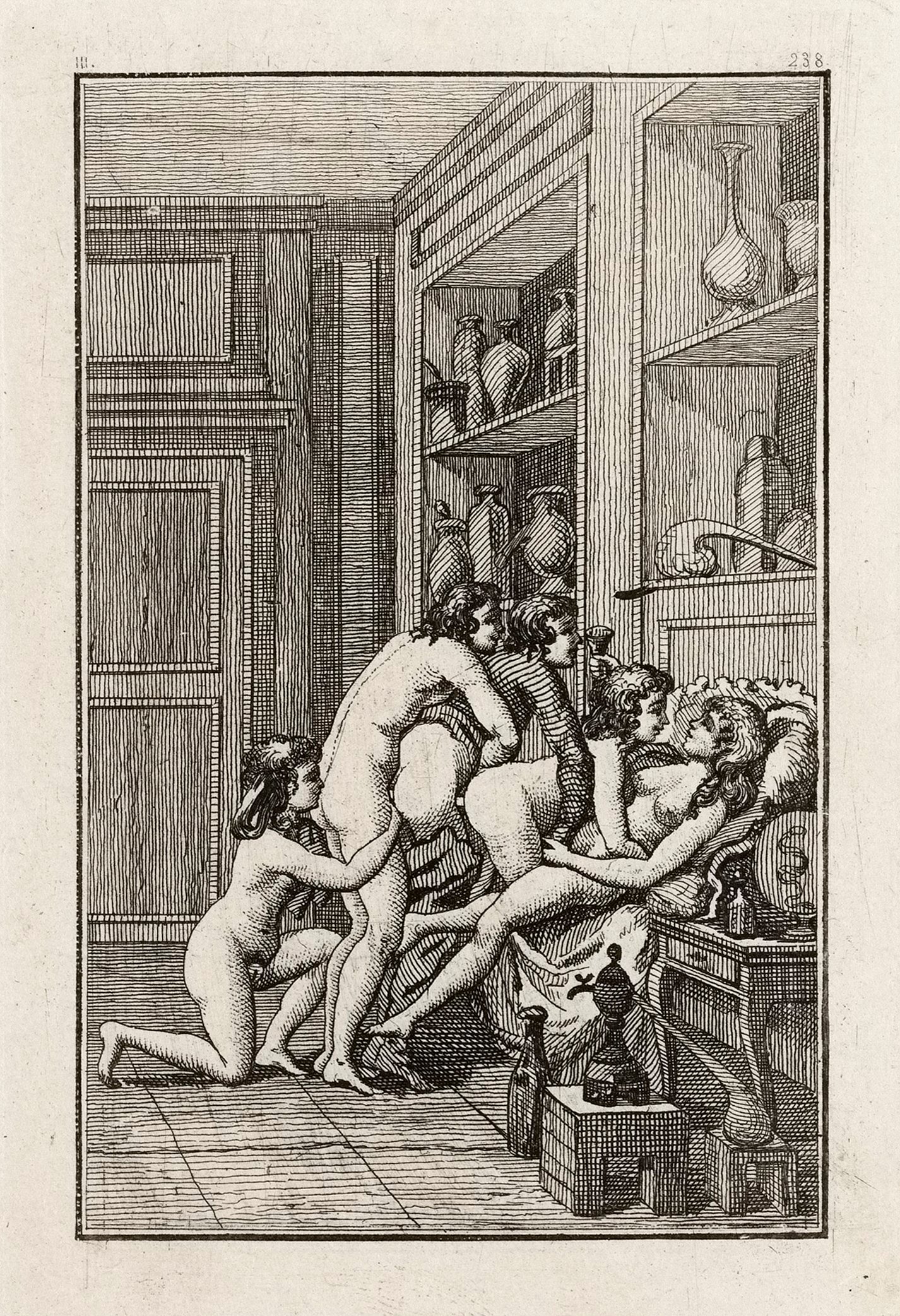
But now, spurred on by a growing acceptance of de Sade’s achievements, his family has not only resurrected the title, but has launched a line of luxury goods, Maison de Sade, offering chocolates, wines, paté, and scented candles. Beyond these commercial enterprises, his legacy lives on through more than 10 films, the most famous being Pier Paolo Pasolini’s Salo, or the 120 Days of Sodom, which transfers his original story to wartime Italy. His influence can be seen in the work of filmmakers Luis Bunuel and Salvador Dali’s L’Age d’Or and Dali’s rare volume of erotic drawings inspired by his stories. Would we even have Madonna’s Erotica or the image of Michelle Pfeiffer’s Dominatrix-like Catwoman in Batman Returns without his trailblazing point of reference? Despite the Mike Pences of this world, de Sade’s work has become so socially acceptable that the 200th anniversary of his death was marked by an exhibit at Paris’ famed Musée d’Orsay.
So, while the thought of Jeffrey Epstein-like sexual predators rightfully turns our collective stomach, let’s not forget that de Sade, who was ostracized in the 18th century, is now lauded in the 21st.

